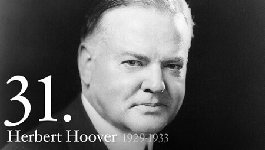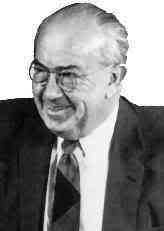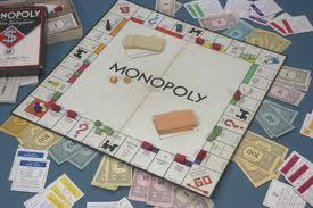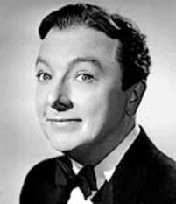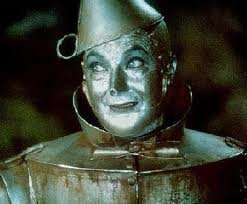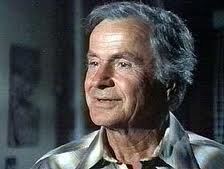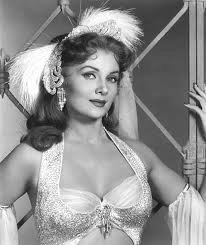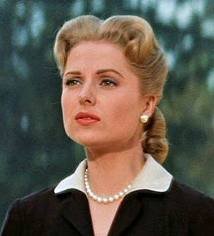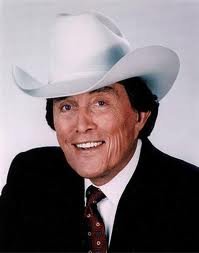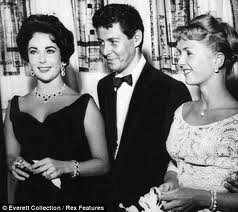A circus is a company of performers who put on diverse entertainment shows that may include clowns, acrobats, trained animals, trapeze acts, musicians, dancers, hoopers, tightrope walkers, jugglers, magicians, ventriloquists, and unicyclists as well as other object manipulation and stunt-oriented artists. The term circus also describes the performance which has followed various formats through its 250-year modern history. Although not the inventor of the medium, Philip Astley is credited as the father of the modern circus. In 1768, Astley, a skilled equestrian, began performing exhibitions of trick horse riding in an open field called Ha'Penny Hatch on the south side of the Thames River. In 1770, he hired acrobats, tightrope walkers, jugglers and a clown to fill in the pauses between the equestrian demonstrations and thus chanced on the format which was later named a "circus". Performances developed significantly over the next fifty years, with large-scale theatrical battle reenactments becoming a significant feature. The traditional format, in which a ringmaster introduces a variety of choreographed acts set to music, developed in the latter part of the 19th century and remained the dominant format until the 1970s.
As styles of performance have developed since the time of Astley, so too have the types of venues where these circuses have performed. The earliest modern circuses were performed in open-air structures with limited covered seating. From the late 18th to late 19th century, custom-made circus buildings (often wooden) were built with various types of seating, a center ring, and sometimes a stage. The traditional large tents commonly known as "big tops" were introduced in the mid-19th century as touring circuses superseded static venues. These tents eventually became the most common venue. Contemporary circuses perform in a variety of venues including tents, theaters and casinos. Many circus performances are still held in a ring, usually 42 ft in diameter. This dimension was adopted by Astley in the late 18th century as the minimum diameter that enabled an acrobatic horse rider to stand upright on a cantering horse to perform their tricks.
Contemporary circus has been credited with a revival of the circus tradition since the late 1970s, when a number of groups began to experiment with new circus formats and aesthetics, typically avoiding the use of animals to focus exclusively on human artistry. Circuses within the movement have tended to favor a theatrical approach, combining character-driven circus acts with original music in a broad variety of styles to convey complex themes or stories. Contemporary circus continues to develop new variations on the circus tradition while absorbing new skills, techniques, and stylistic influences from other performing arts.
First attested in English 14th century, the word circus derives from Latin circus, which is the romanization of the Greek κίρκος (kirkos), itself a metathesis of the Homeric Greek κρίκος (krikos), meaning "circle" or "ring". In the book De Spectaculis early Christian writer Tertullian claimed that the first circus games were staged by the goddess Circe in honour of her father Helios, the Sun God.
The modern and commonly held idea of a circus is of a Big Top with various acts providing entertainment therein; however, the history of circuses is more complex, with historians disagreeing on its origin, as well as revisions being done about the history due to the changing nature of historical research, and the ongoing circus phenomenon. For many, circus history begins with Englishman Philip Astley, while for others its origins go back much further—to Roman times.
The first circus in the city of Rome was the Circus Maximus, in the valley between the Palatine and Aventine hills. It was constructed during the monarchy and, at first, built completely from wood. After being rebuilt several times, the final version of the Circus Maximus could seat 250,000 people; it was built of stone and measured 400m in length and 90m in width. Next in importance were the Circus Flaminius and the Circus Neronis, from the notoriety which it obtained through the Circensian pleasures of Nero. A fourth circus was constructed by Maxentius; its ruins have helped archaeologists reconstruct the Roman circus.
For some time after the fall of Rome, large circus buildings fell out of use as centers of mass entertainment. Instead, itinerant performers, animal trainers, and showmen traveled between towns throughout Europe, performing at local fairs
A variety of animals have historically been used in acts. While the types of animals used vary from circus to circus, big cats (namely lions, tigers, and leopards), camels, llamas, elephants, zebras, horses, donkeys, birds (like parrots, doves, and cockatoos), sea lions, bears, monkeys, and domestic animals such as cats and dogs are the most common.
If you want to read much more about circus, go here:
https://en.wikipedia.org/wiki/Circus
Thanks to some convenient shortcuts, like frozen, shredded potatoes, and canned soup, you can enjoy this Hash Brown Casserole quicker than ever! You'll especially love how crispy and delicious it looks when it comes out of the oven.
- 2 (16-ounce) packages refrigerated shredded hash brown potatoes, thawed if frozen
- 1 large yellow onion, finely chopped
- 1 (8-ounce) package shredded Cheddar cheese (about 2 cups)
- 1 (10-3/4-ounce) can cream of chicken soup
- 2 cups sour cream
- 2 teaspoons kosher salt
- 1/2 teaspoon black pepper
- Preheat oven to 400º. Coat a 9- x 13-inch casserole dish with cooking spray.
- In a large bowl, combine all ingredients until well mixed. Transfer to prepared casserole dish and cover with aluminum foil.
- Bake 30 minutes, remove foil, and continue to bake an additional 30 to 40 minutes, or until golden brown.
1889 – Charles Darrow, American board game creator (Monopoly) (d. 1967)
1898 – Jack Haley, American actor (d. 1979)
1923 – Rhonda Fleming, American actress (d.2020)
1924 – Martha Hyer, American actress (d.2014)
1928 – Jimmy Dean, American singer and businessman (d. 2010)
1928 – Eddie Fisher, American singer (d. 2010)
- Try spreading peanut butter on the graham crackers before adding the other ingredients.
- Substitute peanut butter cups in place of the chocolate bar.
- Replace the graham crackers with fudge-dipped cookies.
- Add banana slices.







